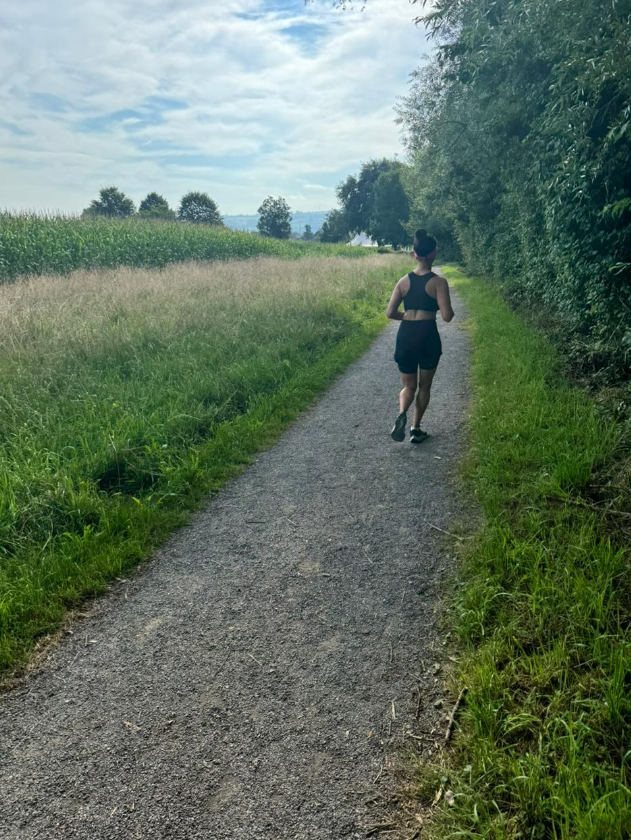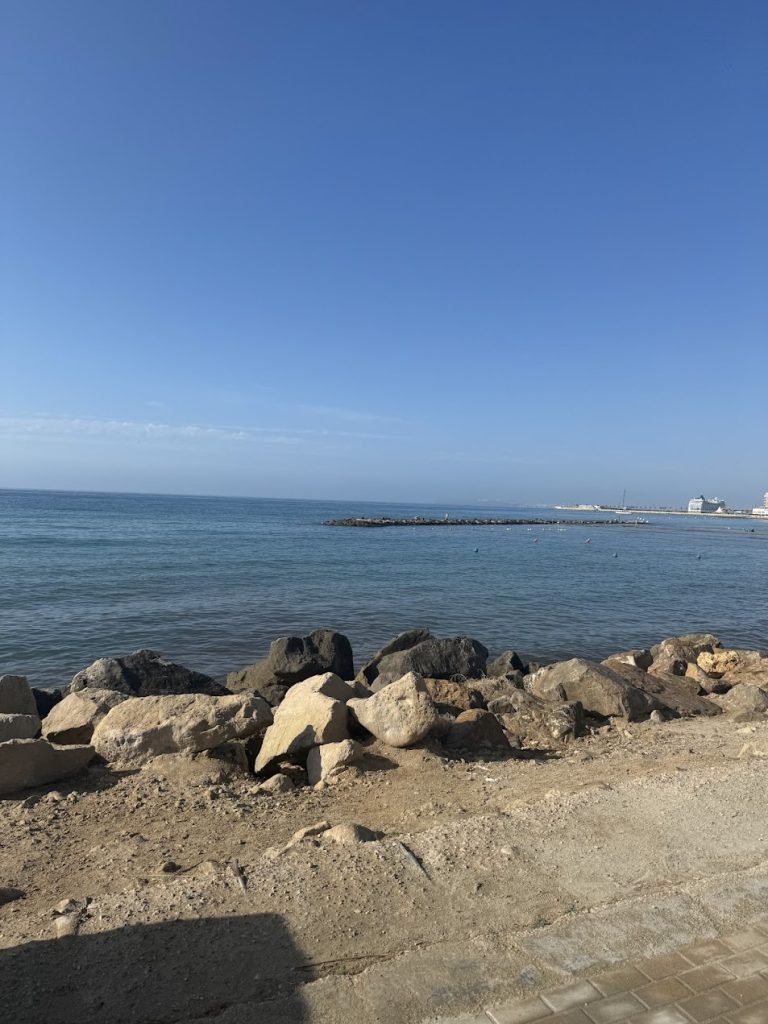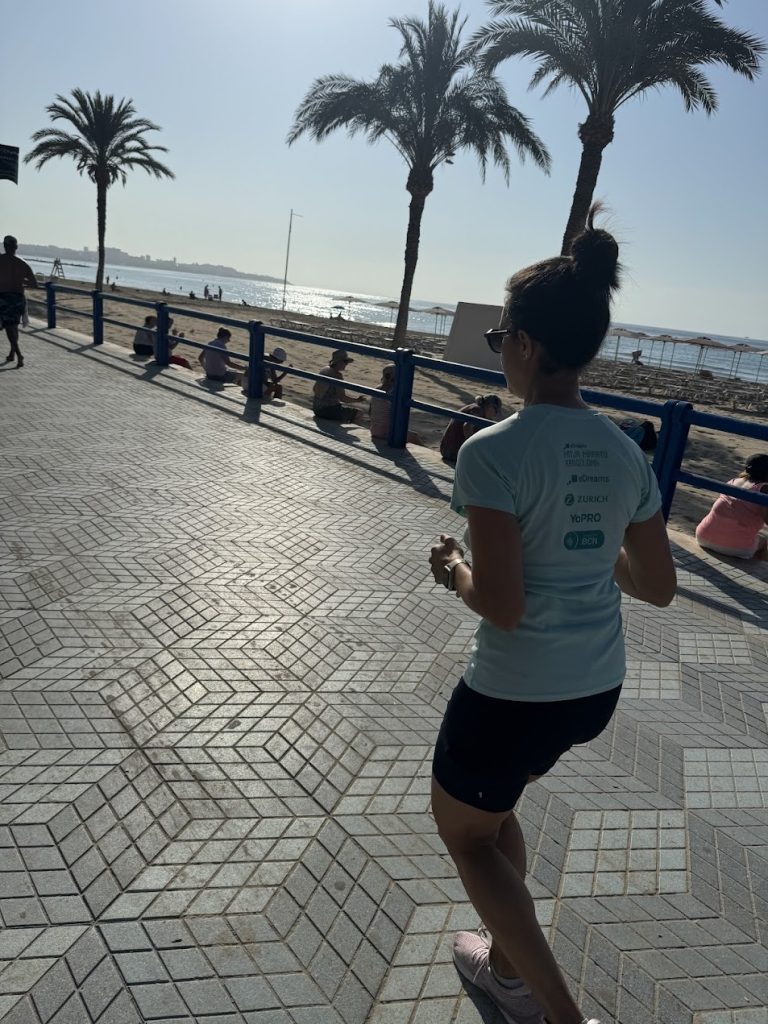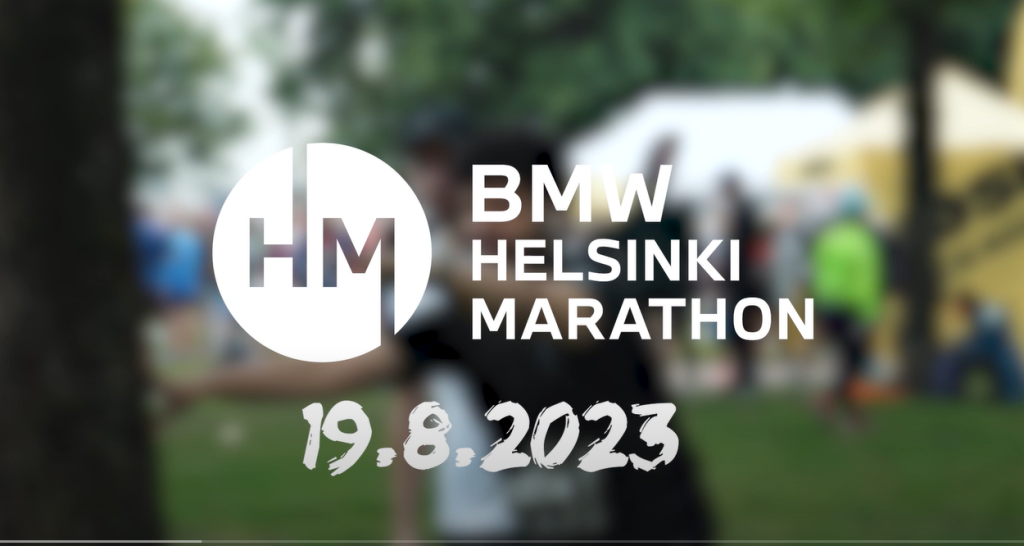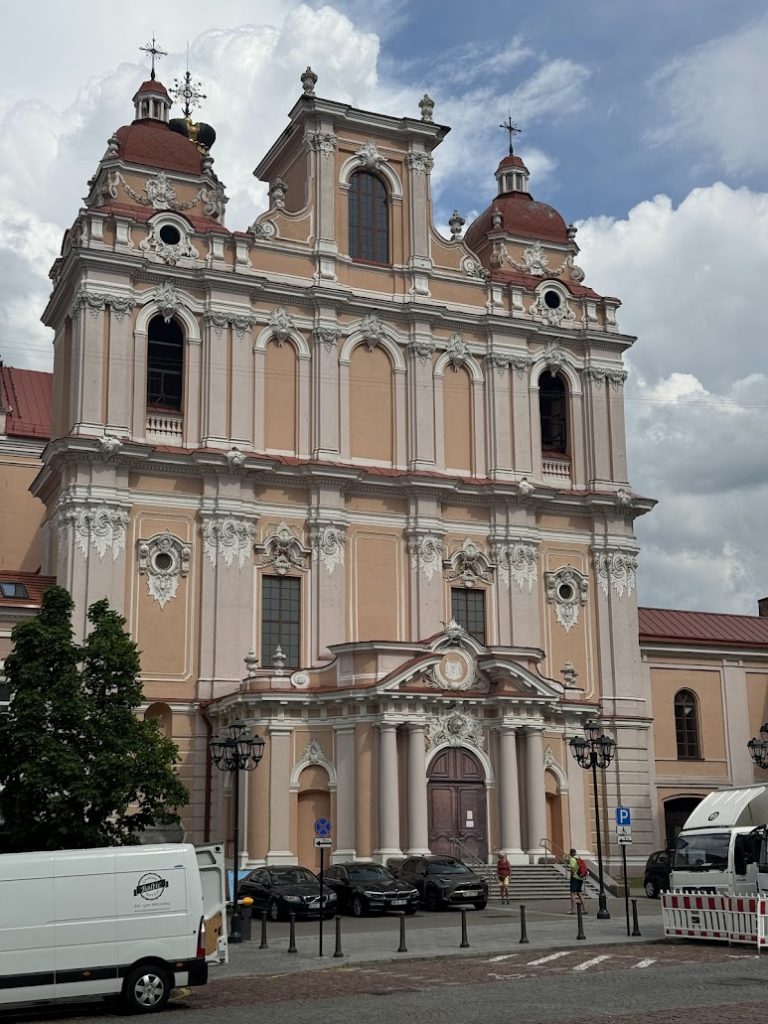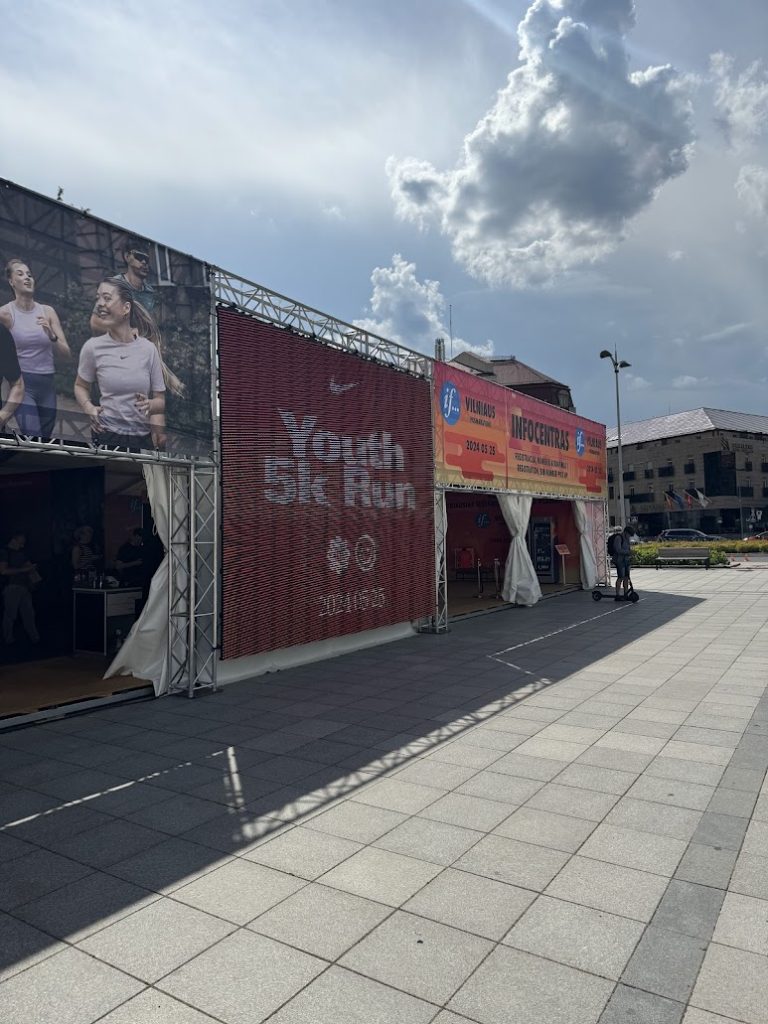Helsinki Marathon Review: Experience, Tips, and Highlights
Hey there, fellow runners! Ever wondered what it’s like to run a marathon in one of the most beautiful cities in the world? Well, let me take you on a journey through my unforgettable experience at the Helsinki Marathon. Picture this: 42 kilometers of stunning scenery, perfect weather, and a route that almost entirely follows the city’s bike paths, showcasing Helsinki’s commitment to cycling. Despite my training not being perfect, I managed to cross the finish line with a huge smile on my face. Curious to know how it all went down and pick up some tips for your next marathon? Keep reading!
Pre-Race Preparation Tips
Before diving into the race itself, let me share some tips on pre-race preparation that can make your marathon experience even more memorable. First off, if you’re traveling all the way to Finland for the Helsinki Marathon, why not make the most of it and explore some nearby countries? We decided to spend a day in Denmark before heading to Helsinki. It was a fantastic way to break up the long journey and experience another beautiful Scandinavian country. Plus, it gave us a chance to shake off any travel fatigue and get into the right mindset for the race.
Traveling to a new country to run a marathon has its own set of advantages. For one, it turns the whole event into a mini-vacation. You get to combine your love for running with the excitement of exploring a new place. Finland, in particular, is a gem. The people are friendly, the food is delicious, and the scenery is absolutely breathtaking. We took some time to explore Helsinki before the race, visiting landmarks and enjoying the local culture. Trust me, immersing yourself in the surroundings can be incredibly motivating and make the race day experience even more special.

Here are a few tips to help you prepare:
- Acclimate to the Local Time Zone: Try to arrive a few days early to adjust to the time difference. This will help you avoid jet lag on race day.
- Explore the Course: If possible, take a walk or bike ride along parts of the marathon route. This will give you a sense of what to expect and help calm any pre-race nerves.
- Stay Hydrated and Nourished: Enjoy the local cuisine but make sure to stick to foods that you know won’t upset your stomach. Hydration is key, especially if the weather is warmer than you’re used to.
- Relax and Enjoy: Remember, this is not just about the race. Take time to soak in the sights, sounds, and experiences of your travel. It will make your marathon journey much more fulfilling.
By turning your marathon trip into a holistic experience, you’ll not only perform better but also create lasting memories. So pack your bags, lace up your running shoes, and get ready for an adventure of a lifetime!
Course Highlights
The Helsinki Marathon was an absolute highlight for me, and I can’t wait to share the standout moments with you. From the get-go, the course had me in awe. Imagine running through scenic parks, along the waterfront, and through charming neighborhoods, all while sticking to the city’s extensive network of bike paths. This unique route not only made for a smooth and enjoyable run but also highlighted Helsinki’s dedication to sustainable and eco-friendly transportation. It’s no wonder the city is a cyclist’s paradise!

One of the things that stood out the most was the incredible support from both the organizers and the locals. The water stations were plentiful and well-stocked, ensuring I stayed hydrated and energized throughout the race. And let’s not forget the enthusiastic spectators who lined the streets, cheering us on with such infectious energy. Their encouragement was a huge morale booster, especially during those challenging last kilometers. If you’re ever prepping for a marathon, remember that a solid warm-up routine is crucial. I found some great tips on warming up for running that really helped me get into the zone before the race. Also, don’t overlook the importance of injury prevention. Incorporating techniques from injury prevention techniques for runners can make a world of difference in your training and performance.
Final Thoughts and Recommendations

As I reflect on my experience at the Helsinki Marathon, I can’t help but feel a sense of accomplishment and joy. Running through such a picturesque city, with its extensive bike paths and scenic routes, made every kilometer a delight. The weather was on our side, offering perfect conditions that contributed significantly to the overall experience. Despite my training not being as rigorous as I had hoped, the support from fellow runners and the enthusiastic spectators kept my spirits high and my legs moving. If you’re considering running the Helsinki Marathon, I wholeheartedly recommend it. Here are a few final thoughts and recommendations to help you make the most of your race day:
Take Advantage of the Bike Paths: The course is almost entirely on bike paths, which means it’s well-maintained and safe. This unique aspect of the marathon really showcases Helsinki’s commitment to cycling and makes for a smooth and enjoyable run.
- Stay Hydrated: There are plenty of aid stations along the route, so make sure to take advantage of them. Hydration is key, especially if the weather is warmer than expected.
- Embrace the Scenery: Don’t forget to look around and take in the beautiful surroundings. From the coastal views to the lush parks, Helsinki has a lot to offer visually, and it’s worth savoring every moment.
- Post-Race Recovery: After crossing the finish line, make sure to take care of your body. Stretch, hydrate, and refuel with some nutritious food. Helsinki has some great spots to relax and enjoy a well-deserved meal.
Finally, remember that every marathon is a personal journey. Whether you’re aiming for a personal best or simply looking to enjoy the experience, the Helsinki Marathon offers something for everyone. So lace up your running shoes, soak in the beautiful city, and enjoy every step of the way. Happy running!
Helsinki Marathon Review: Experience, Tips, and Highlights Read More »


